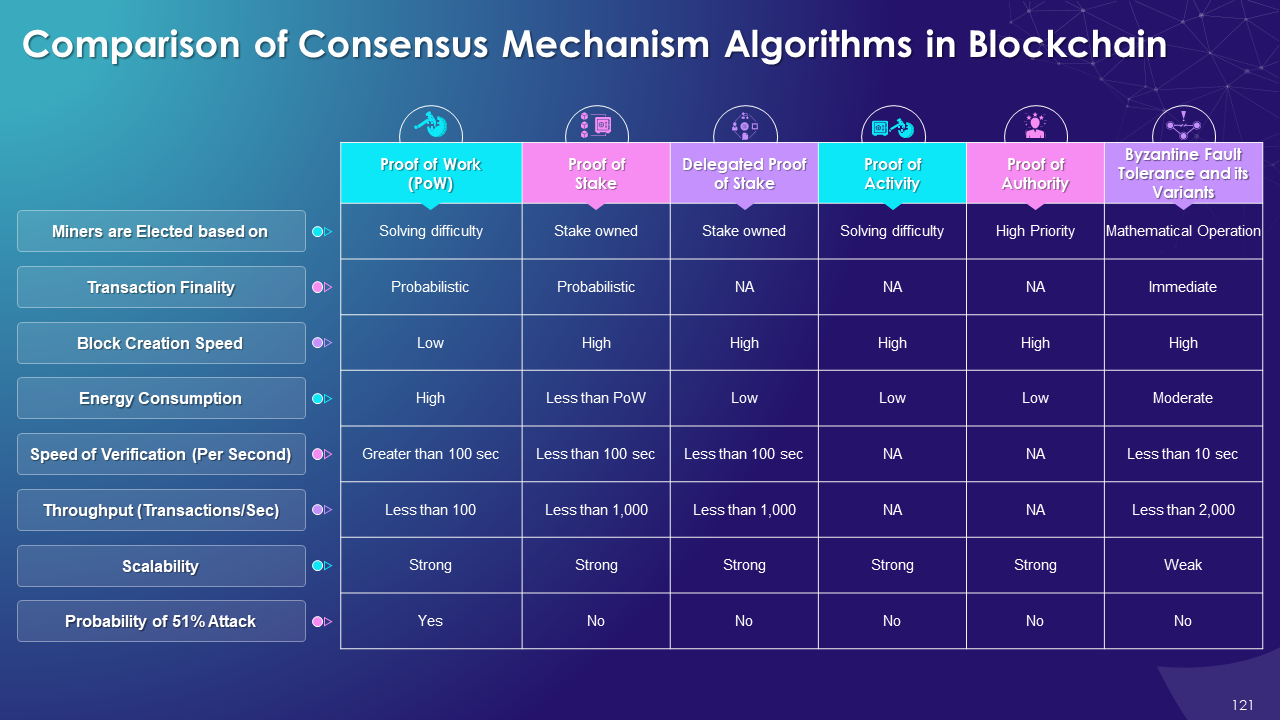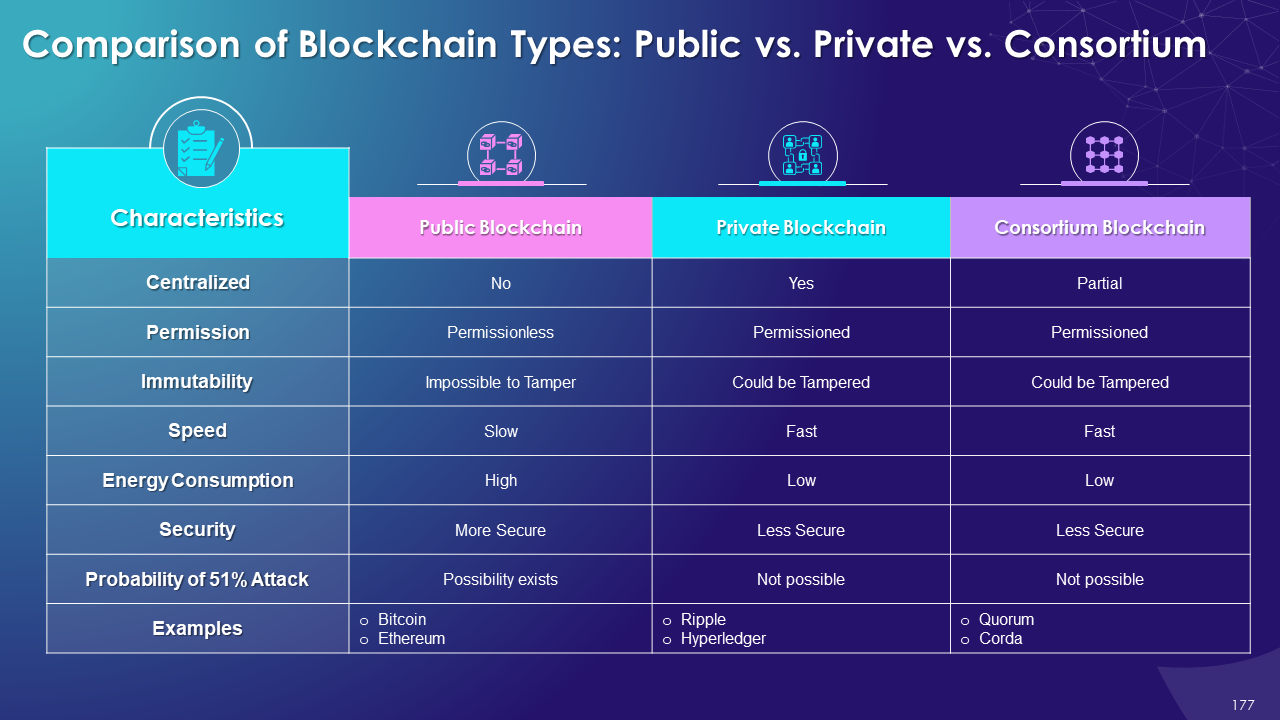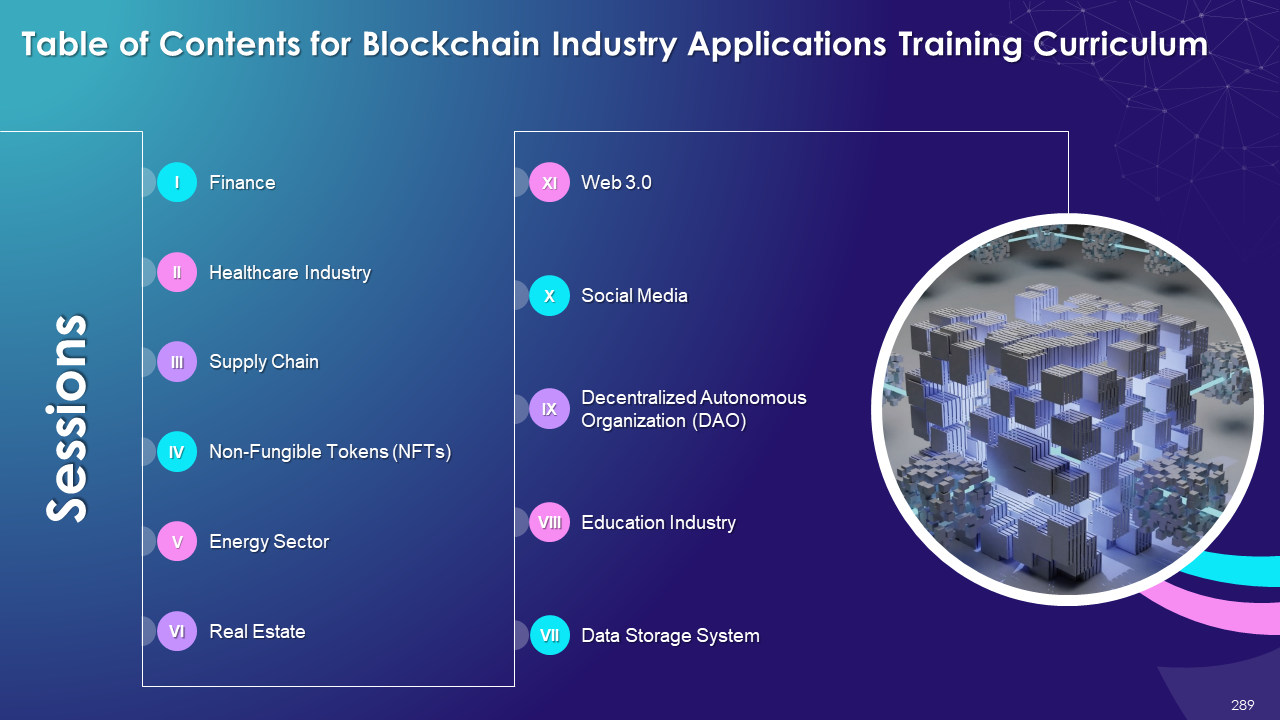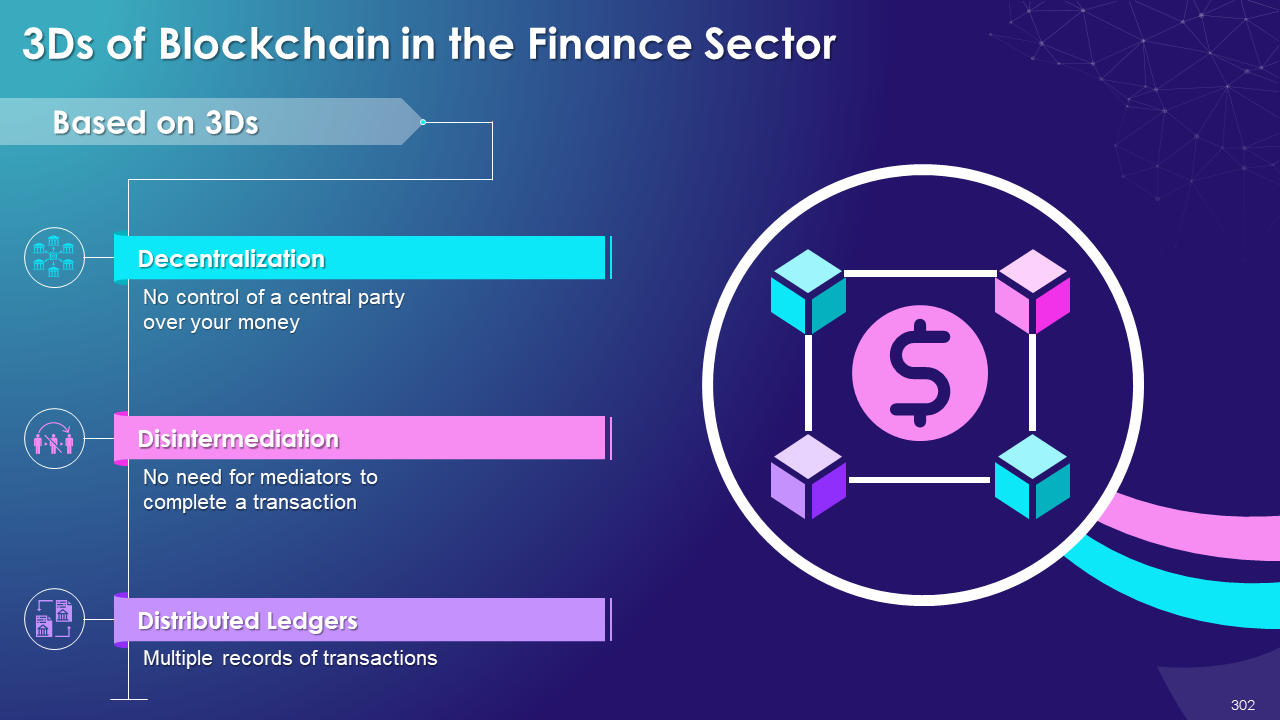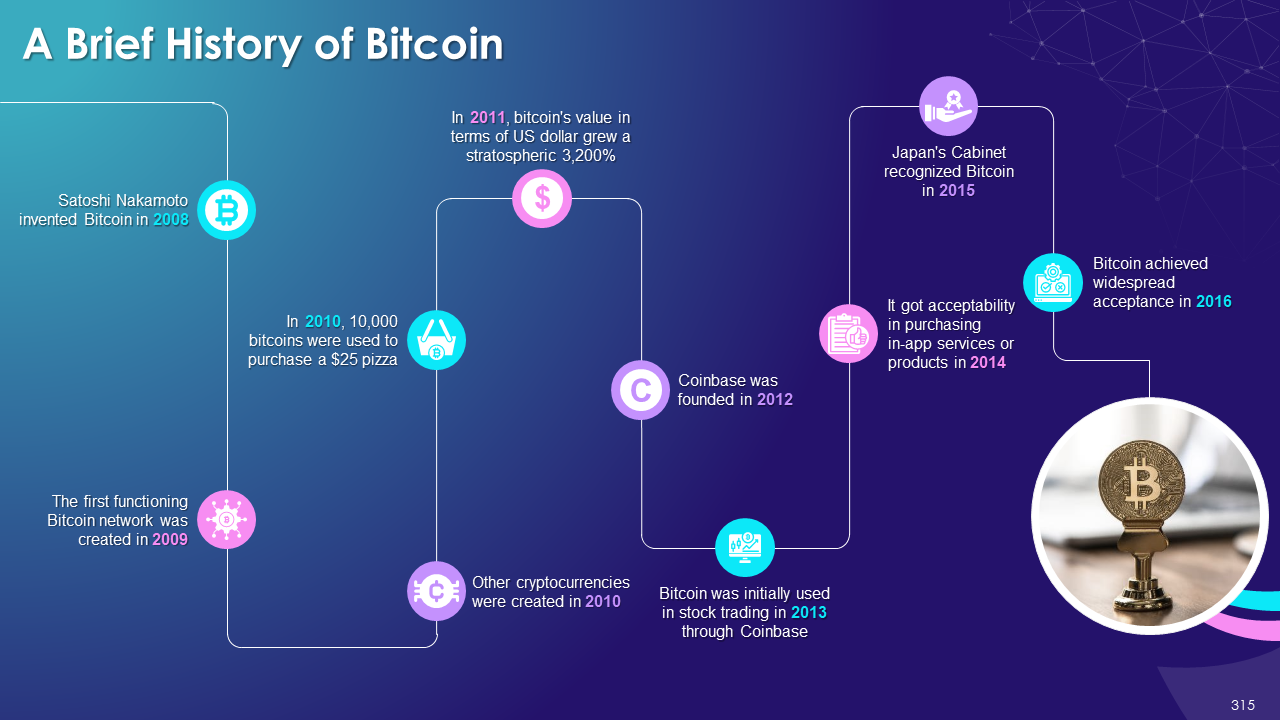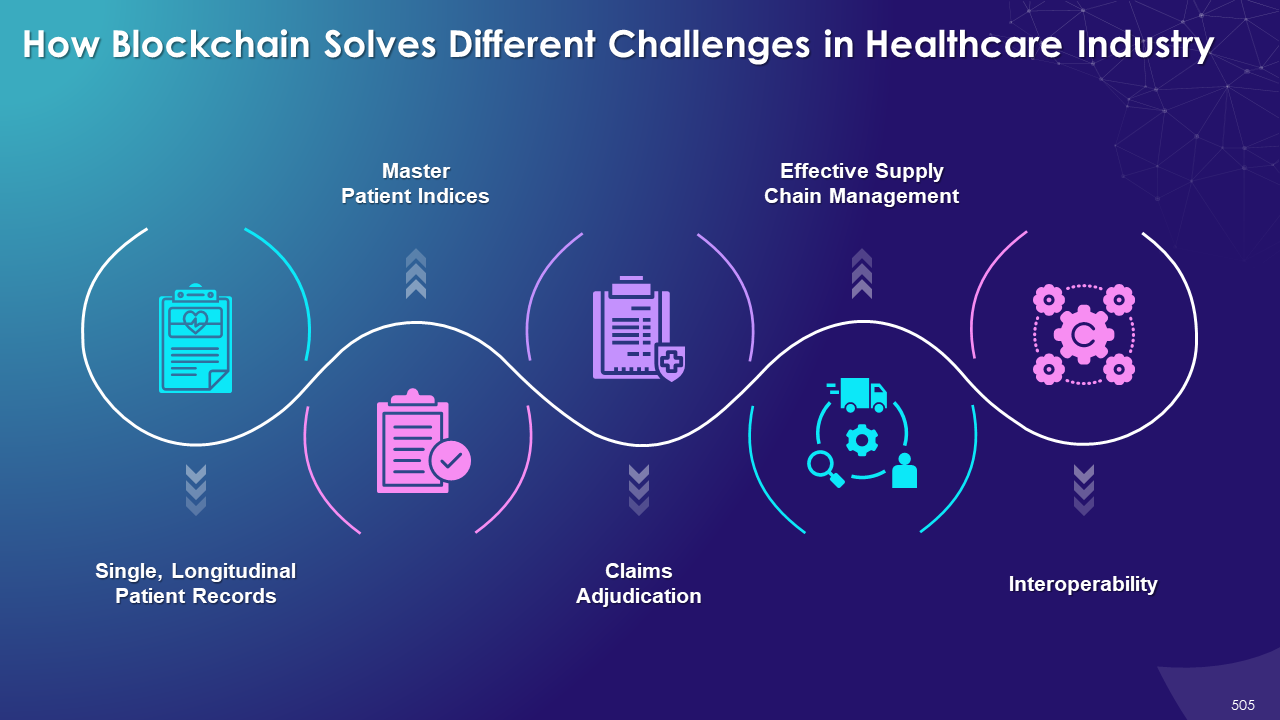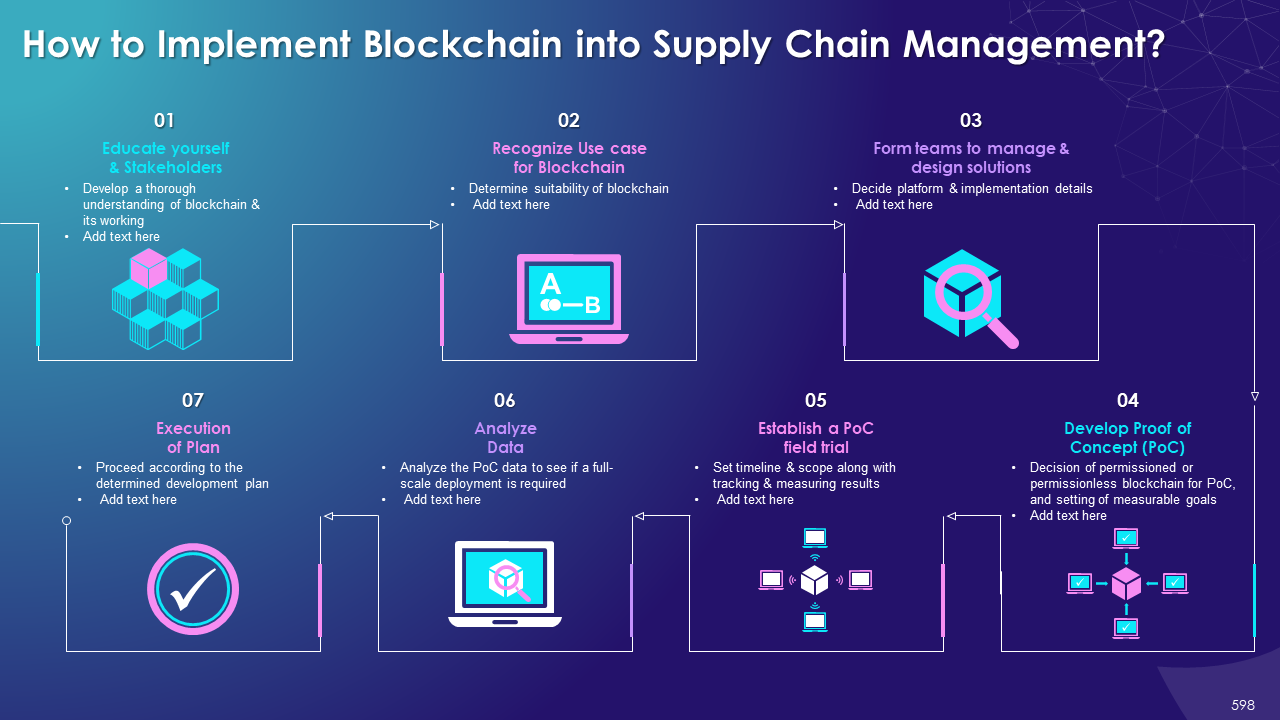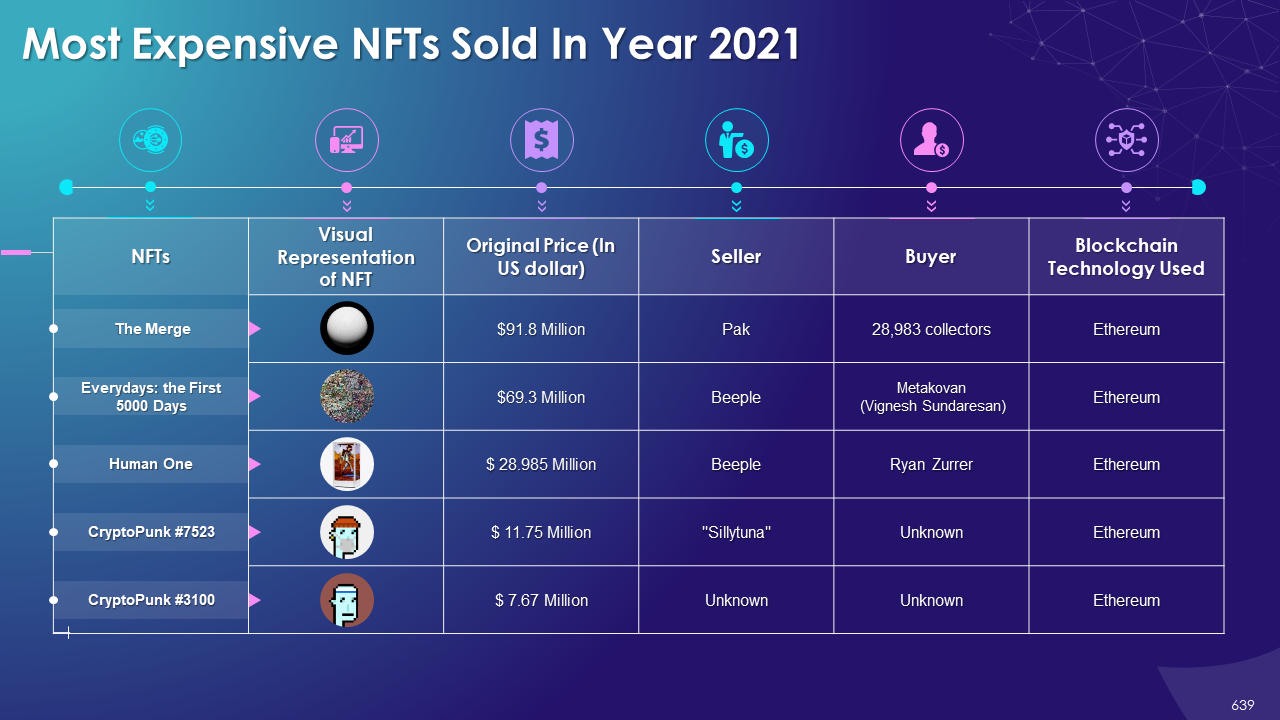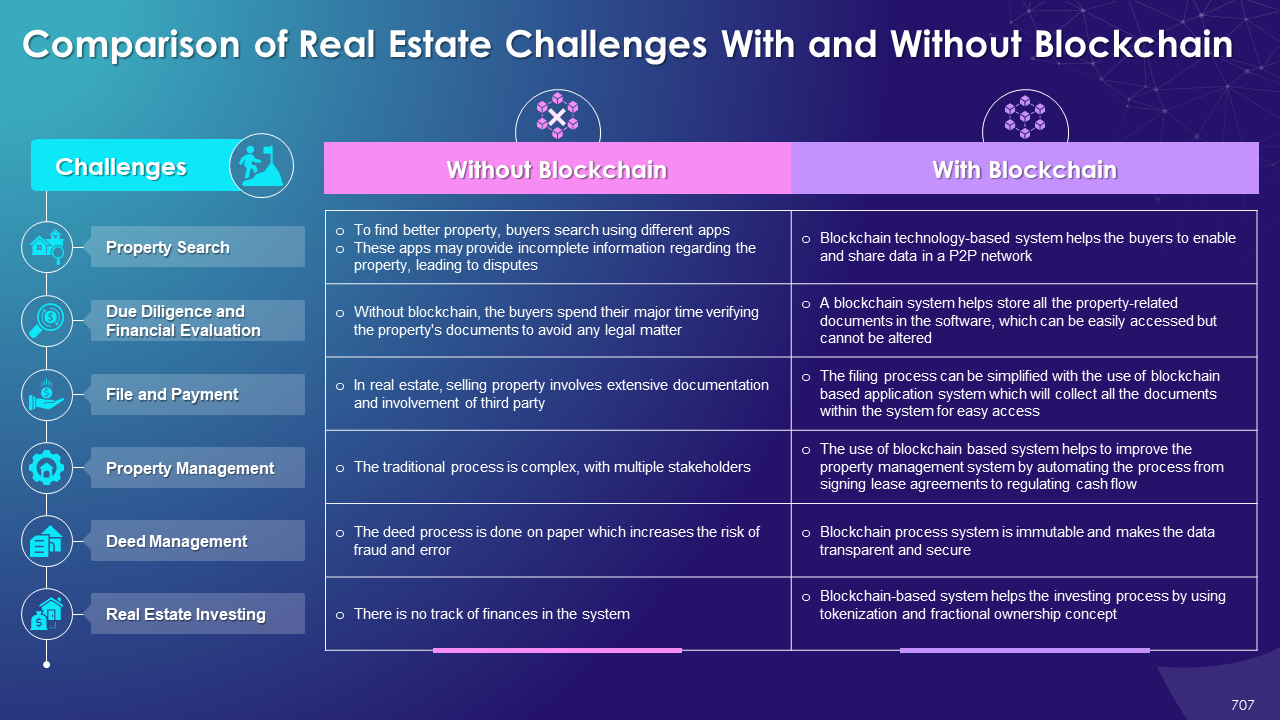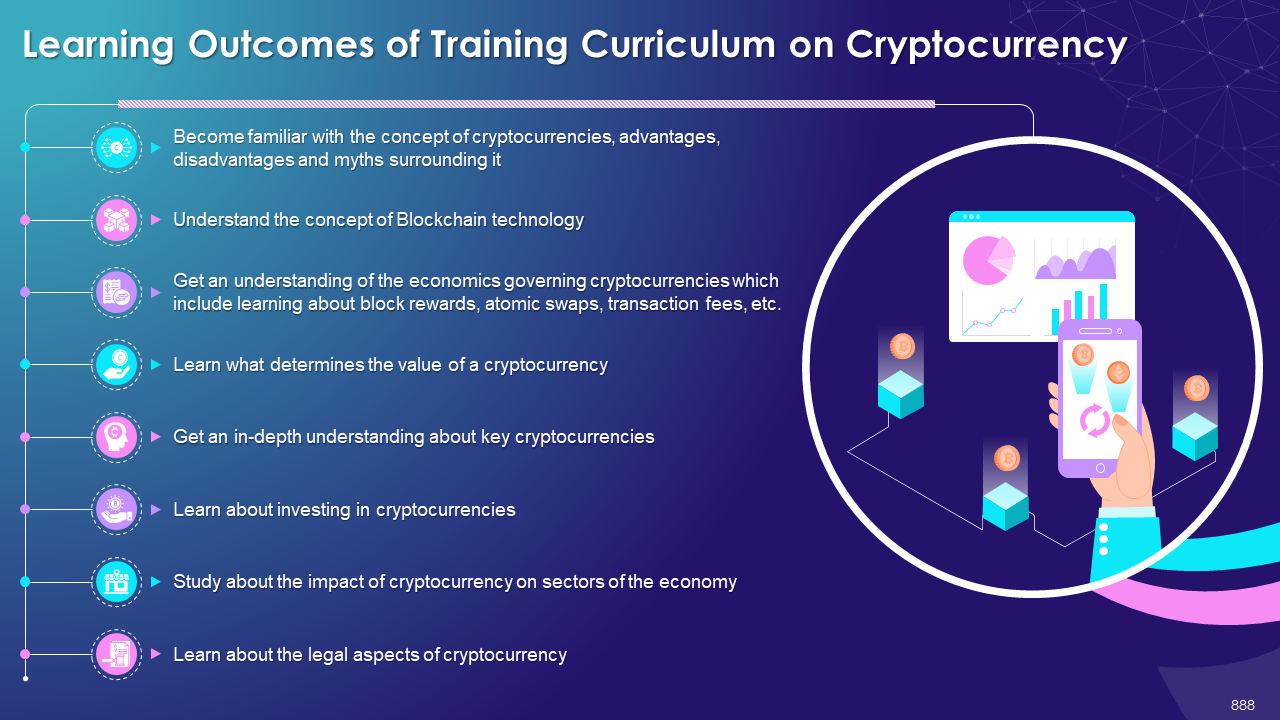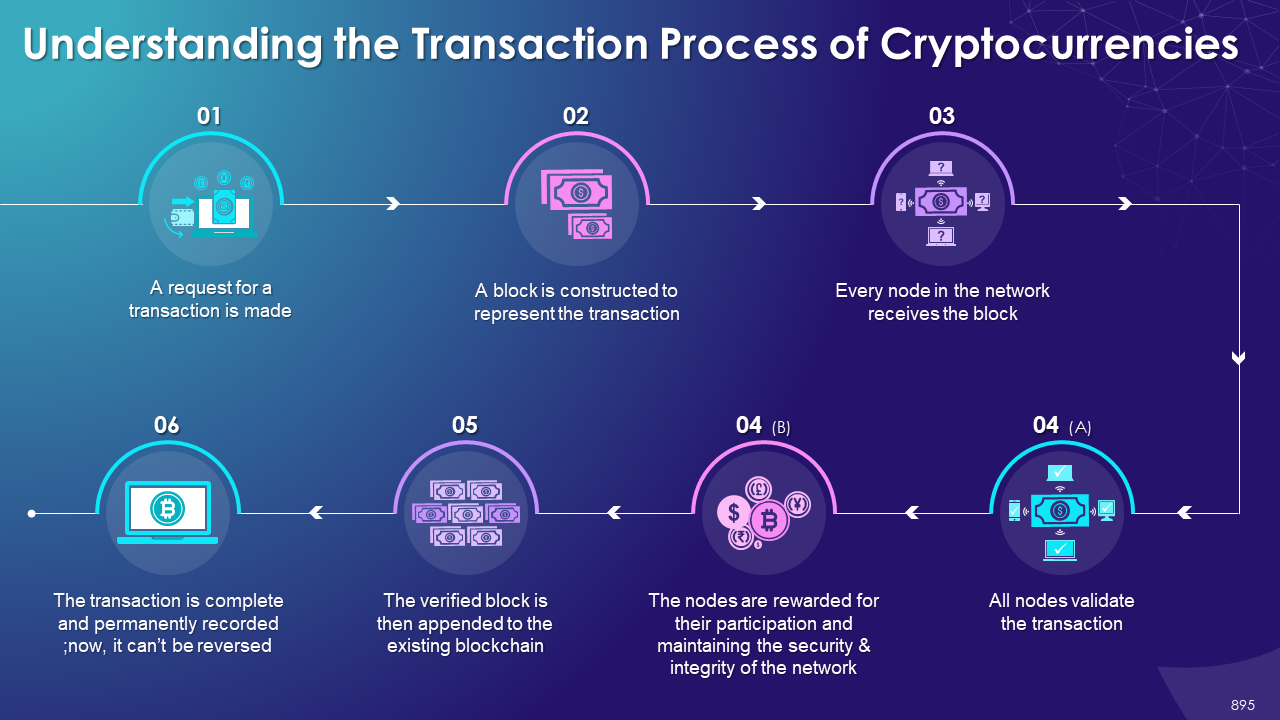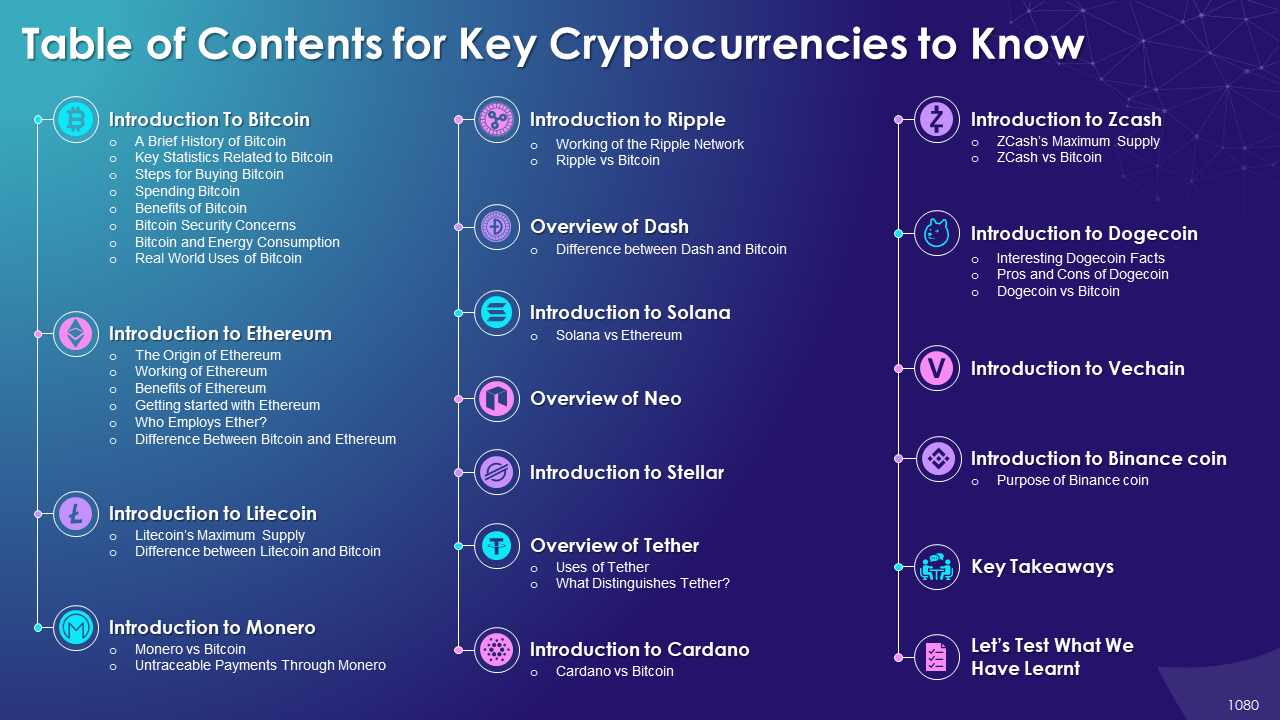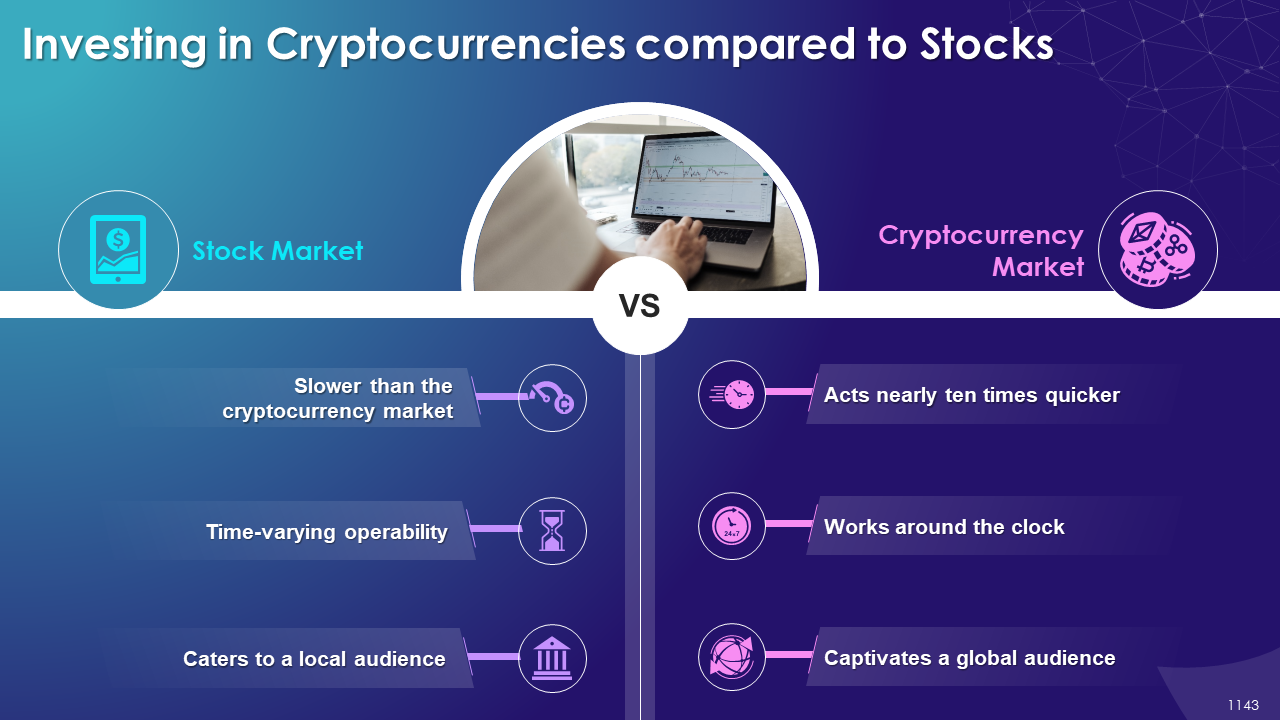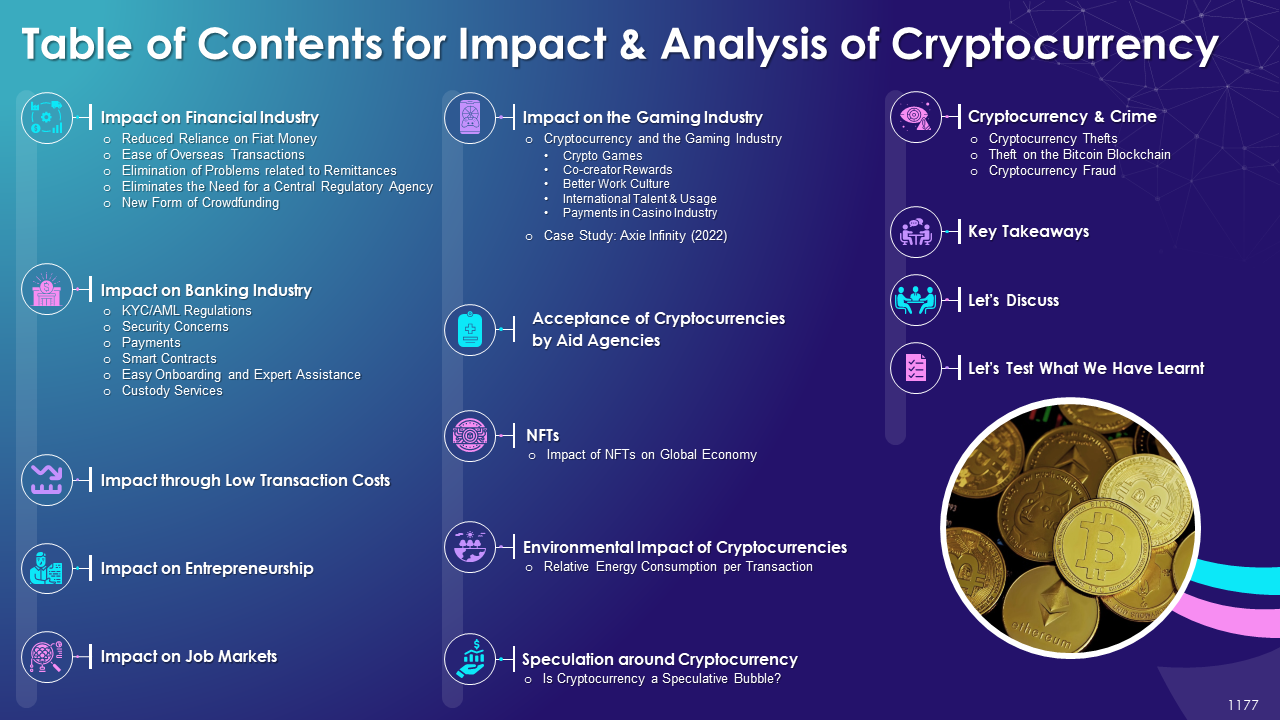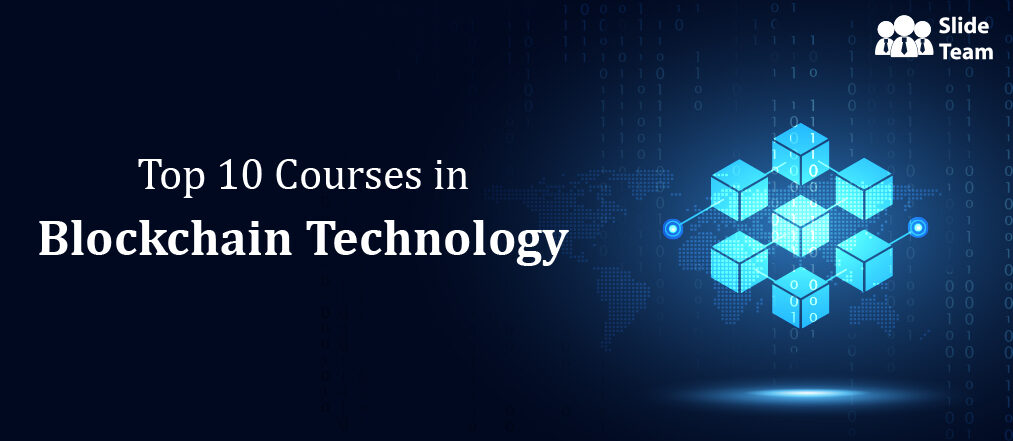Money is a source of power. It is the foundation on which kingdoms have risen and fallen throughout the course of history. The authority a king wields is directly proportional to the resources he commands. As the world has evolved, power structures have crumbled, and each individual has been given a share in this authority.
Technologies have hastened this process, and one of the major talking points of today’s business world is the blockchain, its Industry Applications, and cryptocurrency.
Businesses and institutions will do well to train relevant stakeholders in these concepts before it takes away jobs. To this end, SlideTeam has prepared a Comprehensive Training Curriculum on Blockchain Technology, Its Industry Applications, and Cryptocurrency.
A hands–on experience, these courses provide the following benefits:
- Become well-conversant with blockchain as a business-defining technology and understand its major impact on introducing trust without an intermediary in financial transactions.
- Realize that blockchain can save humongous costs for your business, leaving you with resources that will help you expand your horizons.
- Internalize the best practices in the use of blockchain technology, specifically related to healthcare, entertainment, real estate, supply chain, and finance (will be discussed in nuanced detail in this blog).
- Recognize how blockchain technology mirrors life with its mechanisms on who controls a specific network and why; here, too, it is the majority that wins almost all the time.
- Discover the potential this revolutionary technology has on business; the global market blockchain value is $10 billion as of 2022 and growing at 68% CAGR.
Business leaders and top management need to be forward-looking and realize the importance of professional training of employees in blockchain and cryptocurrency. Companies that do this will be able to capitalize on opportunities of these new-era technologies at scale, be more cost-effective and capture the market before anyone else knows what is happening.
This training is divided into three sections:
- Blockchain Technology
- Application of Blockchain Technology
- Cryptocurrency
The trainer can download the complete deck and start immediately before the competition swoops in. We end each session to help with information retention with our standard format of
- Key Takeaways
- Let’s Discuss
- Let’s Test What We Have Learnt
Click here for complete access to the Comprehensive Training Curriculum on Blockchain Technology, its Industry Applications, and Cryptocurrency
| BLOCKCHAIN TECHNOLOGY | |
|---|---|
| SESSIONS | TITLE |
| Session I | Strategic Business Value of Blockchain Technology |
| Session II | Evolution of Blockchain Technology |
| Session III | Blockchain Statistics |
| Session IV | Key Blockchain Components |
| Session V | Consensus Mechanism in Blockchain |
| Session VI | Benefits of Blockchain Technology |
| Session VII | Different Types of Blockchain |
| Session VIII | Decentralization and Distributed Systems in Blockchain |
| Session IX | Challenges to Blockchain Technology |
| Session X | Types of Attacks on Blockchain |
| Session XI | Emerging Trends around Blockchain |
| APPLICATIONS OF BLOCKCHAIN TECHNOLOGY | |
| Session XII | Finance |
| Session XIII | Healthcare Industry |
| Session XIV | Supply Chain |
| Session XV | Non-Fungible Tokens (NFTs) |
| Session XVI | Energy Sector |
| Session XVII | Real Estate |
| Session XVIII | Data Storage System |
| Session XIX | Education Industry |
| Session XX | Decentralized Autonomous Organization (DAO) |
| Session XXI | Social Media |
| Session XXII | Web 3.0 |
| CRYPTOCURRENCY | |
| Session XXIII | Introduction to Cryptocurrency |
| Session XXIV | The Workings of Cryptocurrency |
| Session XXV | Architecture of Cryptocurrency |
| Session XXVI | Economics of Cryptocurrency |
| Session XXVII | Key Cryptocurrencies to Know |
| Session XXVIII | Investing in Cryptocurrencies |
| Session XXIX | Impact & Analysis of Cryptocurrency |
| Session XXX | Legal Aspects of Cryptocurrency |
Blockchain Technology
We begin Session I on blockchain technology with an ‘Overview of the Business Network.’ Here, the trainer has the opportunity to explain to trainees (could be senior sales personnel, IT guys, and others) the concept of traditional central authority and instruments that record transactions like ledgers and contracts. The module allows the trainer to point out issues with these instruments (timeless, though they have been). At this point, the trainer will find it advantageous to introduce and explain blockchain as an alternative to such transactions.
Click here for complete access to the Comprehensive Training Curriculum on Blockchain Technology, its Industry Applications, and Cryptocurrency
As trainees begin to understand a business network, blockchain technology is introduced formally, and a working model of it is shown to the hall. At this stage, the trainer discusses blockchain as a confidence machine.
We finish this session with the intricacies of blockchain and how it creates trust in transactions, the ultimate business resource that allows us, the humans, to do deals valued at billions of dollars. If trust goes into hiding, business is impossible to do, is the key message that this module emanates.
Session II showcases the evolution of blockchain from blockchain 1.0 to blockchain 4.0, with Session III devoted exclusively to understanding the importance of statistics on blockchain. These statistics include market value, registered wallets, top spenders, etc. These two sessions answer the question. “Where does blockchain stand today?”
Click here for complete access to the Comprehensive Training Curriculum on Blockchain Technology, Its Industry Applications, and cryptocurrency
Break down a blockchain into its components in Session IV, from where the journey into the relevance of the technology starts. These components include the blockchain elements, block fields, block header fields, and Merkel Tree for data storage. The idea is to see the components and how these gel together.
Next, move on to Hashing in blockchain and what it is, introduce the avalanche effect, and the types of hash functions. Hashing, the trainer must take the effort to explain, is something like a puzzle where the answer is given; the question has to be found. For instance, if you are given the number 4, you can create infinite combinations to reach it mathematically (2+2 is just one).
As you get into Session V, present the consensus mechanism in the blockchain. The trainees will learn what this concept entails and what its key objectives are. Mining is introduced here as well, an integral part of blockchain.
Click here for complete access to the Comprehensive Training Curriculum on Blockchain Technology, its Industry Applications, and Cryptocurrency
With an understanding of what it is, set up the types of consensus mechanisms, such as proof of work, proof of stake, proof of capacity, proof of authority, and many more. As described previously, it is finding the question to a given answer (REMEMBER the 4 from the previous session); these mechanisms are all of the routes that we can take to arrive at the answer. The fact that all of this is energy-intensive is also to be remembered.
The trainees should understand blockchain well enough now, but they might wonder, why blockchain? What does it offer, what are its benefits and how do these manifest for stakeholders? Answer these questions in Session VI, as blockchain has benefits such as being decentralized, immutable, low cost, fast, etc. Each slide of this module takes you through a tour of the benefits and makes you informed enough to see if it works for you (it does, but self-arrived conclusions are far more effective). Let the trainees make up their own minds.
Click here for complete access to the Comprehensive Training Curriculum on Blockchain Technology, its Industry Applications, and Cryptocurrency
You discussed the evolution of blockchain in Session II, but what are the types of blockchain? Blockchain has four types: public, private, hybrid, and consortium. They get their time in the spotlight as you discuss and analyze the differences between these in Session VII.
Which blockchain you use will depend upon the purpose you want to deploy it for.
You slide into Session VIII and take the trainees into a discussion on Decentralization and Distributed Systems in blockchain. The trainees learn of the characteristics, applications, advantages, and disadvantages of decentralization. The key is that distribution and decentralization are the major ways to distribute power over the currency among participating nodes (you, me, the trainer, and the trainees). As with all systems that deal with power, even in the real world, each has its merits and demerits.
Click here for complete access to the Comprehensive Training Curriculum on Blockchain Technology, its Industry Applications, and Cryptocurrency
In this part, we dig deep into understanding the architecture of a distributed system and familiarizing with its characteristics and applications. With the basics covered, you will get into the differences between centralized, decentralized, and distributed systems. A well-rounded completion of the session is ensured, with the trainer helping clarify some major misconceptions about blockchain technology.
With this incredible technology ready to take over our everyday lives any day now, let trainees get acquainted with the challenges of blockchain technology in Session IX. They are presented with limitations such as scalability, limited available talent, lack of awareness, little clarity on governance norms, and more.
What is advisable at this stage is for a trainee to attempt to create a diagram of how a blockchain transaction is different from a normal bank transaction. The trainer deserves to be congratulated if someone in the training hall can do that. He will have done his bit.
A major selling point of blockchain is that transactions on it are secure and transparent. That, however, cannot stop people from trying to attack and infiltrate the network. In Session X, we learn the types of attacks that a blockchain faces, including 51% attacks, DDoS, router attacks, user wallet attacks, and more.
With the details of blockchain technology covered, you look at how the mainstream has implemented it. In the final Session XI, trainees learn of the emerging trends around blockchain with Smart Contracts, cryptocurrency, NFTs, Web 3.0, and the Metaverse. All of these will have the trust and the immutability generated by the blockchain as their bedrock.
Now that the trainees understand the ins and out of blockchain technology, we move to the second part of our presentation, its applications.
Applications of Blockchain Technology
In this part of the training, applications of blockchain technology are illustrated in 11 sessions. As the technology is of a critical nature, this is the soul of the training.
Click here for complete access to the Comprehensive Training Curriculum on Blockchain Technology, its Industry Applications, and Cryptocurrency
Finance
The first sector that felt the tremors of the technology's decentralized nature, there are six broad ways in which applications manifest here. What it is, its characteristics, its three generations, and the consensus mechanism will be showcased (again). After this, you move on to the 3Ds of blockchain (decentralization, disintermediation, and distributed ledgers). A slide or two on the limitations of blockchain allows for a more rounded discussion.
Click here for complete access to the Comprehensive Training Curriculum on Blockchain Technology, its Industry Applications, and Cryptocurrency
Next, you will move on to blockchain-based cryptocurrencies. The focus will be on Bitcoin, the most popular cryptocurrency today. Key statistics on Bitcoin make for a compelling session, and trainees will learn what makes cryptocurrency special.
Click here for complete access to the Comprehensive Training Curriculum on Blockchain Technology, its Industry Applications, and Cryptocurrency
With the introduction out of the way, trainees will learn the practical applications of blockchain in finance. Some of these applications include venture capital & entrepreneur fundraising, asset management, syndicated loans, trade finance, payments, NFTs, and insurance. Each of these is discussed in detail to ensure industry-level expertise is imparted.
Click here for complete access to the Comprehensive Training Curriculum on Blockchain Technology, its Industry Applications, and Cryptocurrency
Healthcare
Blockchain finds many applications in healthcare, and trainees will learn about these in this session. With an overview of the healthcare industry, you move on to the impact of blockchain technology. We study multiple applications in the area of health insurance, pharma, drug and devices supply chain, health records & data exchange, and the relatively new domain of credentials provider.
Click here for complete access to the Comprehensive Training Curriculum on Blockchain Technology, its Industry Applications, and Cryptocurrency
With the impact realized, we have a look at a few case studies to understand how blockchain technology has been used so far and its outcomes.
Supply Chain Management
The supply chain holds our economy together. It is the crucial thread of interdependency that needs to be managed well. The trainees will learn about supply chain and blockchain and how these work together. There will be a discussion on how this differs from traditional supply chains and what limitations blockchain-based supply chains face. So, explore our supply chain management ppt now
Click here for complete access to the Comprehensive Training Curriculum on Blockchain Technology, its Industry Applications, and Cryptocurrency
The group also studies a few Use-Cases to understand how a blockchain-based supply chain functions and witness steps to be followed to implement this system. Lastly, the trainees will be given real-world examples of the top SCM (supply chain management) companies that use this technology and learn about blockchain as a Service (BaaS).
Click here for complete access to the Comprehensive Training Curriculum on Blockchain Technology, its Industry Applications, and Cryptocurrency
Non-Fungible Tokens (NFTs)
One of the most popular applications of blockchain technology has been NFTs. They have taken the online culture by storm, with many celebrities like Eminem, Snoop Dogg, and others buying NFTs for the value these offer.
Click here for complete access to the Comprehensive Training Curriculum on Blockchain Technology, its Industry Applications, and Cryptocurrency
In this session, trainees will understand the concept of NFTs and how they differ from ‘Fungible Tokens.’ They will be taught the features and advantages of NFTs. Once the concept is understood, we examine some popular NFTs, such as Bored Ape #2087, CryptoPunk #3100, Ocean Front, etc., and some NFT use cases. NFT assets are discussed, and we study the most expensive NFTs sold in 2021; NFT marketplaces like OpenSea also form part of the curriculum, and how to create, purchase, and sell an NFT is taught in a hands-on manner.
Click here for complete access to the Comprehensive Training Curriculum on Blockchain Technology, its Industry Applications, and Cryptocurrency
We then introduce the concept of Ethereum and how it relates to NFTs. We finish the session with a presentation on dimensions of NFTs, such as the rights you hold, energy consumption, security, scams, and future, and invite questions, if any.
Energy Industry
The session begins with an overview of the energy sector, discussing renewables and non-renewables and looking at key statistics with a major focus on the energy sector's challenges, such as the availability of power, resource allocation, cost issue, etc.
Click here for complete access to the Comprehensive Training Curriculum on Blockchain Technology, its Industry Applications, and Cryptocurrency
The trainees will then understand the impact of blockchain technology on the energy sector through usage statistics and use cases (peer-to-peer electricity, energy financing, etc.) Local trading between small consumers and prosumers (both consuming and producing individuals) using blockchain technology will follow, with a discussion on limitations and advantages. Finally, we go into detail and examine the business models of start-up companies in the energy sector that are using blockchain.
Real Estate
Real estate is a billion-dollar industry that is critical to national economies and the global stability of financial systems. (See the 2008 Housing Bubble Crash complete deck). Running it well changes fortunes, and the blockchain promises a bright future to streamline it. In this session, we begin with an overview of the real estate industry, its types, and the challenges it faces.
Click here for complete access to the Comprehensive Training Curriculum on Blockchain Technology, its Industry Applications, and Cryptocurrency
Next, we study with an example of how smart contracts are killing entrenched corruption and rent-seeking across geographies where regulation is otherwise weak. We also dig deep into property searches, property management, etc. To put things in perspective, we compare how blockchain fares against previous solutions that tried to free the potential of the real estate industry. A case study illustrates how blockchain is proving to be an innovation on a par with other discoveries like the computer.
Decentralized Data Storage Systems
A data storage system helps you take advantage of the limitless capacity of the blockchain to self-propagate and multiply. In this part, the trainees will familiarize themselves with data storage, its system, and its types, including cloud storage. Popular platforms are introduced and discussed, as is the fusion of blockchain with such storage capacity. The advantages and limitations of this fusion are understood with a Use-case.
Click here for complete access to the Comprehensive Training Curriculum on Blockchain Technology, its Industry Applications, and Cryptocurrency
Education
Most people might not be familiar with the applications of blockchain in education, which is why this session is especially important. After an overview of the education industry through trends and statistics, we learn about blockchain’s impact on it, such as making it more secure. It does so by protecting an institution's data, insulating it against publishing and copyright violations, and verification of degrees, etc. The challenges to incorporating blockchain into education are next, after which we look at some of the companies providing this service, such as Disciplina, Bit Degree, Blockcerts, etc.
Click here for complete access to the Comprehensive Training Curriculum on Blockchain Technology, its Industry Applications, and Cryptocurrency
Decentralized Autonomous Organization (DAO)
The DAO is independent and runs on rules enforced using smart contracts. This is a great opportunity to learn about this crucial cog in the blockchain machine. With an overview of the DAO, we list its multiple types and move to an explanation of how it works. We juxtapose traditional organizations with a DAO structure to help you grasp the world-of-a-difference blockchain makes.
Click here for complete access to the Comprehensive Training Curriculum on Blockchain Technology, its Industry Applications, and Cryptocurrency
We conclude this part of the training with a list of popular DAOs like Uniswap, BitDAO, Dash, etc. We end with a case study of a ‘Golf Course Creation,’ a DAO created for golf enthusiasts to raise funds.
Social Media
All social media we use today, be it Facebook or Twitter, are ‘centralized,’ i.e., our data belongs to those who own these platforms. In this session, we learn about the use of blockchain to create a decentralized social media platform. We introduce social media and its types, such as social networking, blogs, video hosting, etc. We make the hall aware of the concerns that plague such centralized social media platforms and demonstrate what blockchain-based social media looks like.
Click here for complete access to the Comprehensive Training Curriculum on Blockchain Technology, its Industry Applications, and Cryptocurrency
We discuss the contributions, advantages, and disadvantages of blockchain in social media. With a glimpse into some of the top blockchain-based social networks like Fediverse, DeSo, and Mastodon, we ponder upon its future to end this session.
Web 3.0
Web 3.0 is the internet of the (near) future; today, we use Web 2.0. Web 3.0 is the superior iteration of the world wide web. We begin with the recount of the evolution of web technology from Web 1.0 to Web 3.0. The key features, technologies, use cases, and related tech of Web 3.0 is studied in detail.
Click here for complete access to the Comprehensive Training Curriculum on Blockchain Technology, its Industry Applications, and Cryptocurrency
As Web 3.0 becomes ubiquitous, some industries are certain to be impacted, such as DeFi (Decentralized Finance) and supply chain. The slides within explain the ‘how’ in good detail. The trainees will then learn the pros and cons of Web 3.0, including DAOs, DeSo, and DApps, with a look at the similarities between Metaverse and Web 3.0.
The next and final part of the training is cryptocurrency.
Cryptocurrency
Cryptocurrency is uncannily similar to the digital transactions we use today, like Paypal or Venmo. The material and world-changing difference is that there is no need for an intermediary to authenticate the transaction, in this case, the national government.
Click here for complete access to the Comprehensive Training Curriculum on Blockchain Technology, its Industry Applications, and Cryptocurrency
This third and final chapter of the training is divided into seven sessions and explores hitherto unknown dimensions of the currency that we will never touch, feel and see.
Introduction to cryptocurrency
In Session I, trainees get to learn what cryptocurrency is, how it works, and how the real world has accepted it so far when it comes to its ‘legitimacy.’ We begin with the definition, history, and transaction process. Then, we contrast it with our normal central-bank-backed fiat money. We familiarize trainees with this concept using statistics and use cases and present a list of businesses where it is accepted as legal tender.
Click here for complete access to the Comprehensive Training Curriculum on Blockchain Technology, its Industry Applications, and Cryptocurrency
We study its advantages (anonymity, security, diversification, etc.) and disadvantages (unscalable, volatility, energy consumption, etc.). With so much misinformation online, we bust some myths surrounding the cryptocurrency markets and finally introduce Altcoins.
We also discuss the types of Altcoins (mining-based, stablecoins, security tokens, meme coins, utility tokens, and governance tokens).
Architecture of cryptocurrency
In Session II, we learn what makes up a cryptocurrency (Hint: blockchain). We begin by going through the transaction process of a blockchain, its overview as a platform, and the number of blockchains that exist as of 2022 (10,000 and counting).
Click here for complete access to the Comprehensive Training Curriculum on Blockchain Technology, its Industry Applications, and Cryptocurrency
Next, we introduce nodes which are the computers that power a blockchain network. We understand how they function and their many types (full node, pruned node, authority nodes, etc.) We learn about Timestamping and the ‘printing’ of cryptocurrency (MINING ACTUALLY, by now, you know that cryptocurrency can never be printed).
Finally, we discuss blockchain wallets, which are used to store your cryptocurrency and internalize its types and features.
Economics in cryptocurrency
In Session III, we understand the financial element involved in blockchain and cryptocurrencies. We begin with Block Rewards, what they are, what they are used for, and how these differ in Bitcoin and Ethereum.
Click here for complete access to the Comprehensive Training Curriculum on Blockchain Technology, its Industry Applications, and Cryptocurrency
We learn about cryptocurrency exchanges, their uses, operation, examples, legislation, and how these work for you. We study more and introduce the concepts of Atomic Swaps, Bitcoin ATMs, and Initial Coin Offerings (ICOs). We learn how a cryptocurrency is valued and look at price trends and databases.
Key cryptocurrencies to Know
Millions around the world are using cryptocurrencies, and newer ones are being created every day. Some are more popular than others; we dig deep in Session IV.
Click here for complete access to the Comprehensive Training Curriculum on Blockchain Technology, its Industry Applications, and Cryptocurrency
We introduce and explain the following cryptocurrencies: Bitcoin, Ethereum, Litecoin, Monero, Ripple, Dash, Solana, Neo, Stellar, Tether, Cardano, and more. Their uniqueness is also taught and learnt.
Investing in cryptocurrencies
Exponential return on investment in crypto has been its biggest asset. People have gone from living paycheck to paycheck to becoming millionaires in the span of a few years. Having said that, trading with luck is just gambling, so it is important to understand how investments in crypto work.
Click here for complete access to the Comprehensive Training Curriculum on Blockchain Technology, its Industry Applications, and Cryptocurrency
We begin Session V by providing an understanding of the crypto market and the differences between investing in it as opposed to stocks. We clarify this investment’s risks and present crypto’s application in business. Trainees are also taught the key tools needed to evaluate the market. With this knowledge, trainees are ready to learn about Active Trading, which are, Day Trading, Position Trading, Swing Trading, and Scalping.
Click here for complete access to the Comprehensive Training Curriculum on Blockchain Technology, its Industry Applications, and Cryptocurrency
We go into detail about the value of cryptocurrency through economic lenses, such as supply and demand, production and cost, exchange availability, etc. Finally, we provide the trainees with tips for investing in cryptocurrency. It is important that trainees understand everything in this session before investing their hard-earned money into a volatile currency. A loaf of bread could cost 0.1 bitcoin in the morning; in the evening, it may cost you 5 bitcoins. Beware!
Impact and Analysis of cryptocurrency
In Session VI, we provide content-ready slides for a fruitful discussion on the impact of crypto on the financial and banking industry, entrepreneurship, job markets, and their low transaction costs.
Click here for complete access to the Comprehensive Training Curriculum on Blockchain Technology, its Industry Applications, and Cryptocurrency
We look at the aid agencies which accept crypto and the influence of NFTs on the global economy. As mining cryptocurrencies is VERY energy-intensive, we study its impact on the environment. The chatter around crypto is endless, so we dedicate a few slides to speculation around it and brief the trainees on the misuse of crypto for illegal purposes.
Legal Aspects of cryptocurrency
In the final part, Session VII, we put the spotlight on how the law handles cryptocurrencies. We dedicate one slide each to the legal aspects of crypto, including its legality, advertising bans, taxes, an unregulated global economy, money laundering, darknet markets, wash trades, evading sanctions, and legal status.
Click here for complete access to the Comprehensive Training Curriculum on Blockchain Technology, its Industry Applications, and Cryptocurrency
As the module ends, we can only hope that the trainer and trainees reach some sort of agreement.
FAQs on Blockchain, its Applications, and Cryptocurrency
Is cryptocurrency a good investment?
The decision to invest in cryptocurrency is a personal one and should be based on an individual's financial goals and risk appetite. Like any investment, cryptocurrency carries a certain level of risk, and its value can fluctuate. Some people see it as a potential investment opportunity, while others view it as a highly speculative and risky instrument.
It is important to conduct threadbare research on the specific cryptocurrency you are considering investing in and to understand the potential risks and rewards.
It may also be a good idea to consult a financial advisor or someone with expertise in investing. Do remember that excessive volatility, as of today, is a standard feature of cryptocurrencies. If you are the kind who wants stable growth, you are well-advised to stay away from cryptocurrencies.
What is blockchain technology?
Blockchain technology is a type of distributed ledger technology that is used to securely and transparently record transactions on a network of computers. It is the mechanism that infuses trust in transactions, enabling all parties to trust each other’s integrity. It is called a "blockchain" because it consists of a chain of blocks, each of which contains a record of multiple transactions.
It is possible for anyone on the network to view and verify the transactions that are recorded without the need for a central authority or intermediary.
What is the main purpose of blockchain?
The main purpose of blockchain is to provide a source of trust and a decentralized way of storing and maintaining a secure and tamper-proof record of transactions. It is a distributed database that allows multiple parties to record transactions securely and transparently without the need for a central authority or intermediary.
Its purpose is also to save transaction costs for businesses and enable efficiencies of scales that were previously impossible to imagine.
What are the applications of blockchain?
There are many applications of blockchain technology, including
- Financial services: Blockchain can be used to facilitate secure and transparent financial transactions, such as the transfer of money or other assets.
- Supply chain management: Blockchain can be used to track the movement of goods through a supply chain, providing transparency and helping ensure its integrity.
- Voting systems: Blockchain can be used to create secure and transparent voting systems, helping ensure the voting process's secrecy and accuracy.
- Identity management: Blockchain can be used to create digital identities that are secure, verifiable, and portable.
- Data management: Blockchain can be used to store and manage data in a decentralized manner.
What is the most common use of blockchain technology?
The most common use of blockchain technology is facilitating financial transactions. This includes applications such as enabling peer-to-peer payments, creating digital currencies and enabling the secure transfer of other assets such as stocks and bonds. Other common uses of blockchain include supply chain management and data storage and management.
How does cryptocurrency work?
Cryptocurrency is a digital or virtual currency that uses cryptography for security and is decentralized, meaning a central authority like a bank or government does not control it. Transactions with cryptocurrency are recorded on a digital ledger called a blockchain, which a network of computers maintains.
When a user wants to make a transaction, they broadcast a message to the network indicating the recipient's wallet address and the amount of cryptocurrency they want to send. Other computers on the blockchain network then verify this message, and once authenticated, it is added as a new block.
Each block contains a unique code called a "hash" that is generated based on the contents of the block. This hash is used to link the new block to the previous one, creating a chain of blocks that cannot be altered without changing the hashes of all subsequent blocks. This makes the blockchain a secure and tamper-proof record of transactions.
The mechanism that governs the growth of the chain is dependent on the algorithm that the nodes on the network choose for themselves. The simplest one is proof of work; these now range in complexity from proof of stake to proof of identity (all details in the blog).


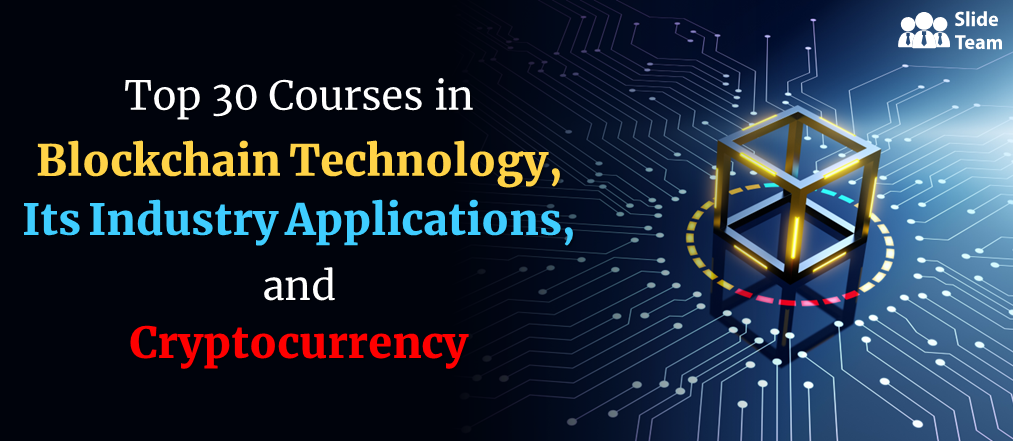


 Customer Reviews
Customer Reviews




